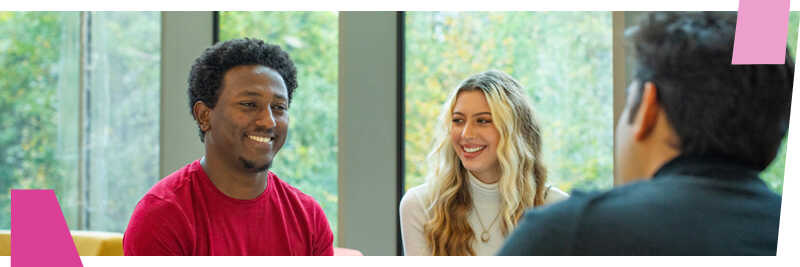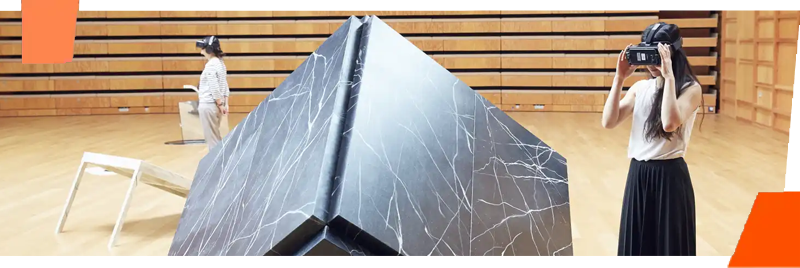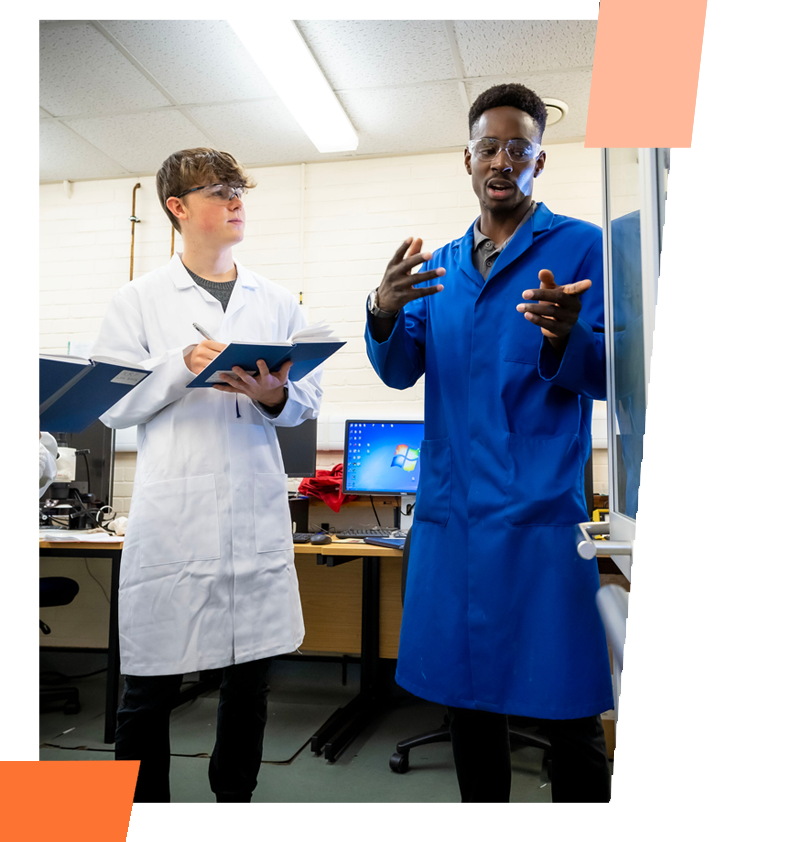
On World Space Week 2020, Professor Mark Burchell and Dr James Urquhart of the School of Physical Sciences‘ Centre for Astrophysics and Planetary Science (CAPS), celebrate the official theme of ‘Satellites Improve Life’ by explaining how space research protects the active satellites that the world relies on in everyday life. They said:
‘Satellites are so great that we depend on them for GPS navigation, Sky TV, long distance communications and much more. They allow us to map ocean currents, predict weather, monitor coastal erosion and global temperatures.
‘Orbital telescopes, such as the Hubble Space Telescope (HST), allow us to look out into space and explore the universe. These space observatories have many advantages over ground-based telescopes and have led to great advancements in our understanding of the dynamics of the Solar System, the structure and kinematics of the Milky Way and formation and evolution of the Universe.
‘At the University of Kent, we are carrying out research related to satellites – from using their data to discover more about our galaxy as well as vital research to protect them from impacts in space.’
What impacts in space could affect satellites?
‘There is dust (from comets and asteroids) and debris (bits of old spacecraft, paint flakes and fragments from broken up space vehicles) in space. If any hits an active satellite it can cause damage and even break it up in a violent event. We lose one satellite, and then its fragments can spread and hit others and we risk a cascade which destroys satellite after satellite. Just recently the International Space Station had to change orbit a bit to avoid being hit by a piece of space junk.
‘Research by CAPS is in progress into the consequences of impacts (how much damage do they cause?) and how to shield satellites to make them safe. We also help design new instruments to measure the dust flux in space in Low Earth orbit and near the Moon, so we know how real the hazard is. We work with the European Space Agency and NASA and have UK funding for our work.’
How can satellites equally be useful to inform research?
‘At Kent we use data collected from space observatories to investigate star formation and to map the structure of the Milky Way. This data comes from the Herschel and Spitzer satellites which have both mapped the disc of the Milky Way at wavelengths that are not accessible from ground-based observatories due to absorption by molecules in our atmosphere (i.e. Far-Infrared and submillimetre).
‘These satellites therefore allow us to identify where stars are currently forming and investigate their physical conditions. Since nearly all stars form in the spiral arms, we can use the positions of these young stars forming regions to map the positions and kinematics of the spiral arms and ultimately derive the structure of Our Galaxy.’
Dr James Urquhart is Head of Kent’s Centre of Astronomy and Planetary Sciences. Dr Urquhart’s primary research interest is in the area of massive star formation – an area that underpins many fields in astrophysics; it provides an opportunity to link star formation with the large-scale structure of the Milky Way and obtain a better understanding of star formation in the nearby universe.
Mark Burchell is Professor of Space Science at the School of Physical Sciences. Professor Burchell’s research is in hypervelocity impacts, the very violent events typical of Solar System impacts.
The University’s Press Office provides the media with expert comments in response to topical news events. Colleagues who would like to learn more about how to contribute their expertise or how the service works should contact the Press Office at pressoffice@kent.ac.uk.




